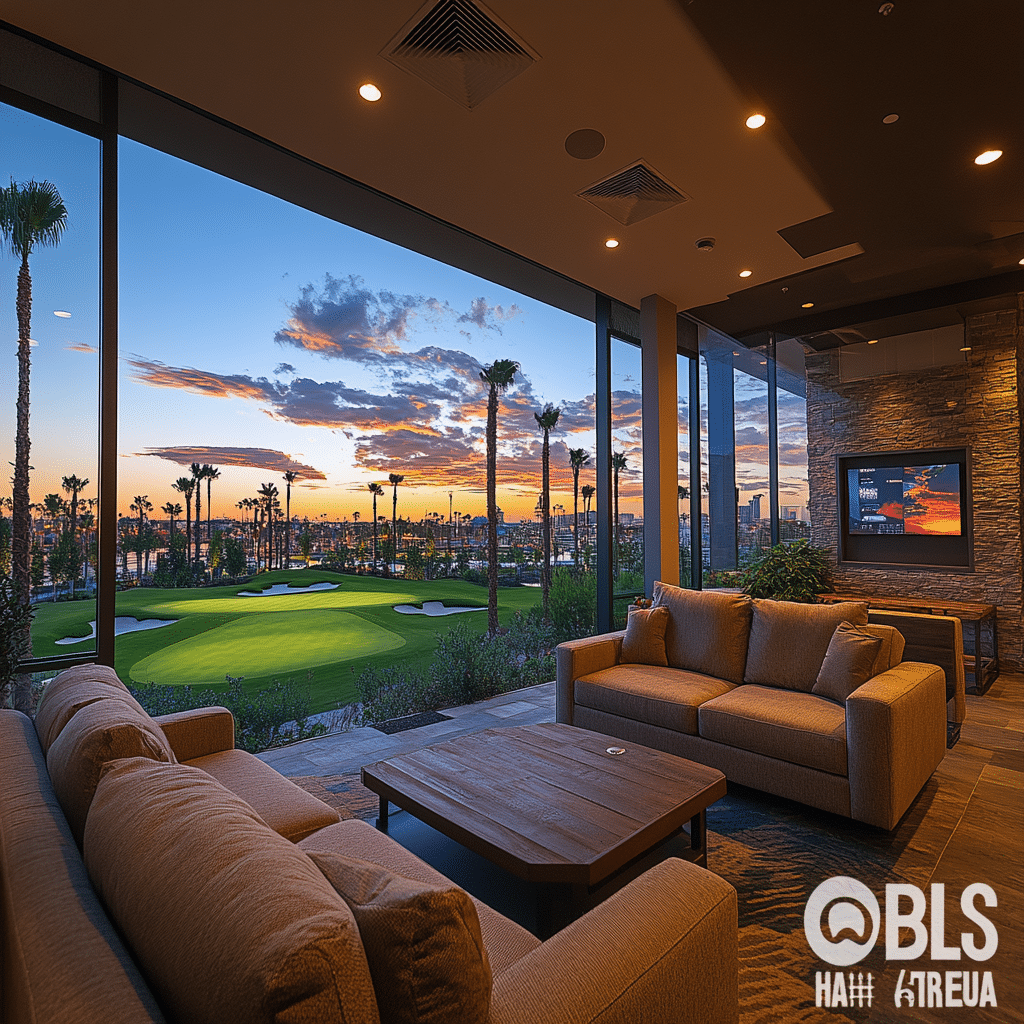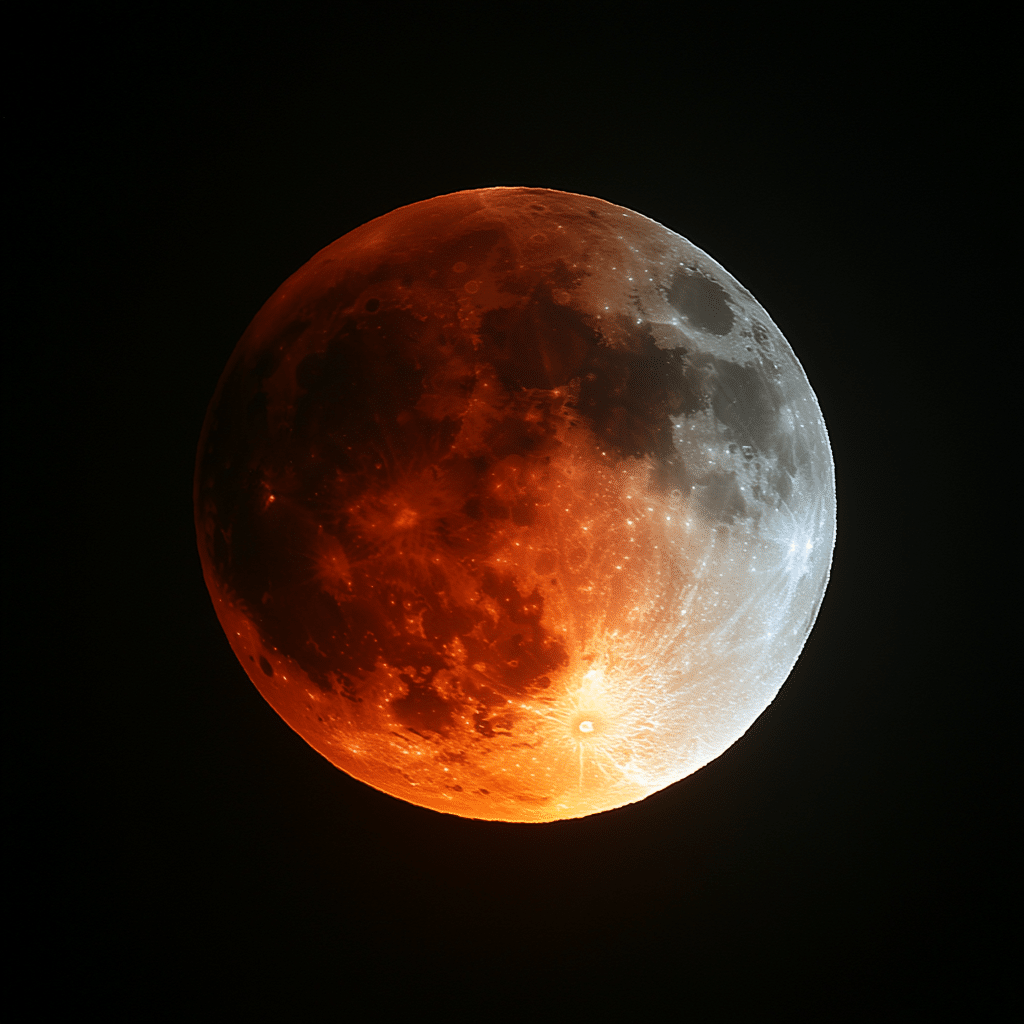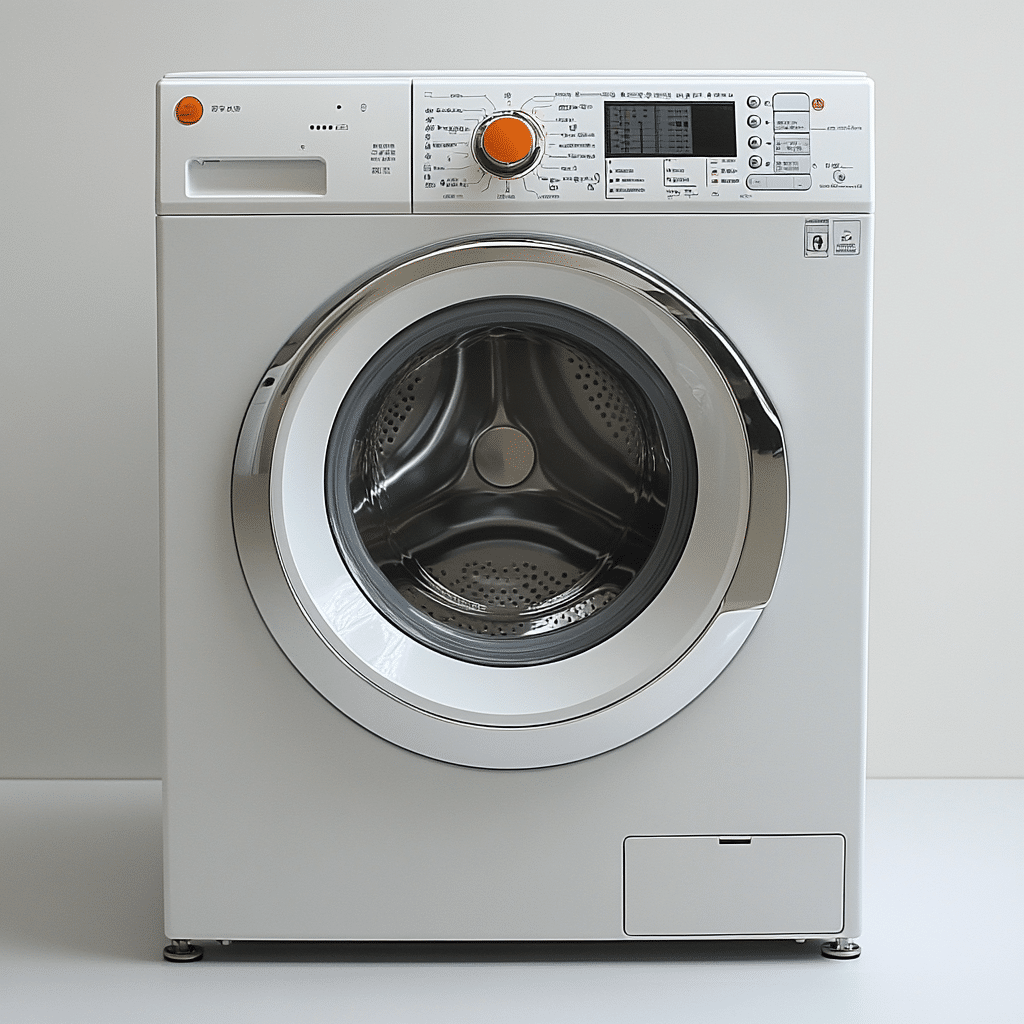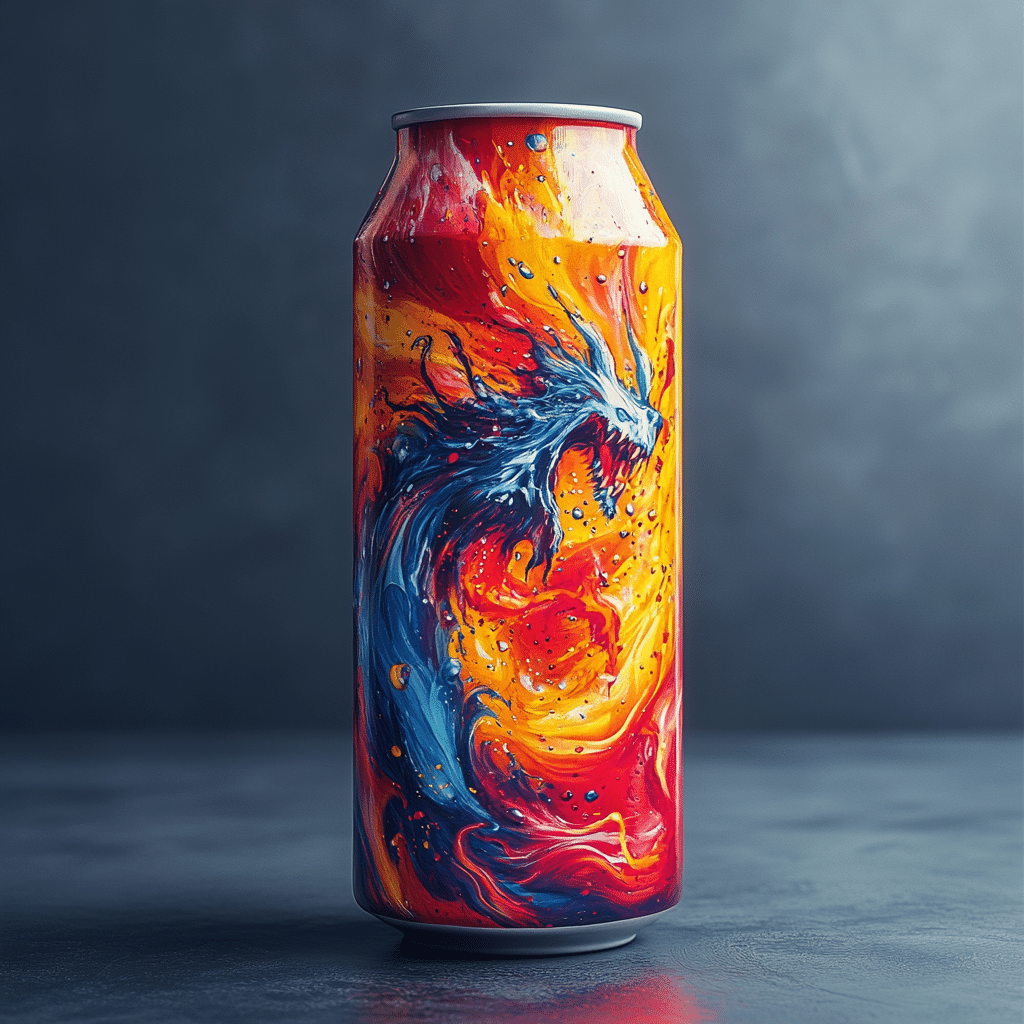In recent years, the frequency 432 Hz has sparked a buzzing conversation amongst music lovers and wellness enthusiasts alike. This frequency, often associated with a deep sense of harmony and well-being, stands in contrast to the more commonly used 440 Hz tuning standard. Advocates of 432 Hz suggest that this frequency aligns with the natural rhythms of the universe, emphasizing its potential to promote healing and reduce stress. In this article, we’ll dive into the science behind 432 Hz, explore notable artists who incorporate it into their work, and understand its implications in both modern technology and the future of music consumption.
The Science Behind 432 Hz and Its Impact on Music
The debate between 432 Hz and 440 Hz tuning isn’t just about personal preference; it dives deep into cultural history and the psychological impact of sound. Proponents of 432 Hz argue that this frequency resonates more naturally with our surroundings. Some point out that it aligns with the Earth’s rotation and even the Fibonacci sequence, connecting it to universal harmony. In contrast, the adoption of 440 Hz, which gained traction in the 20th century, has been said to produce more jarring and dissonant sounds.
Research indicates that music tuned to 432 Hz may evoke more profound emotional responses. For instance, one study published in the Journal of Music Therapy observed participants experiencing lower heart rates and increased feelings of relaxation when exposed to 432 Hz music. Such emotional responses contribute to the idea that 432 Hz creates a more peaceful sound environment, nurturing both mental and emotional wellness in listeners.
Moreover, this frequency has been linked to several physiological effects. Listeners often report feelings of tranquility, making it a preferred choice for meditation and relaxation sessions. Such claims highlight the necessity for further exploration into the relationship between sound frequencies and their effects on human health.

Top 5 Artists Who Utilize 432 Hz in Their Music
The iconic artist David Bowie occasionally had his songs tuned to 432 Hz. For example, when “Space Oddity” is adapted to this frequency, listeners feel an otherworldly connection that resonates well with its cosmic themes.
Known for her powerful vocals, some renditions of Tina Turner’s tracks, like “Proud Mary,” have been re-engineered to 432 Hz. Fans often comment on the calming effect this version evokes, contrasting the energy of the original.
Some remastered classics by The Beatles, like “Let It Be,” have emerged in 432 Hz versions. Longtime fans find that this tuning breathes new life into the beloved songs, allowing for a fresh listening experience.
The Italian composer Ludovico Einaudi is renowned for his impactful piano pieces, with “Nuvole Bianche” often found in 432 Hz adaptations. The meditative qualities of his music shine through, making it a staple for relaxation playlists.
Moby, a pioneer in electronic music, has released multiple tracks in 432 Hz. His ambient tracks, benefiting from this frequency, create immersive soundscapes that facilitate both focus and relaxation for listeners.
432 Hz vs. 440 Hz: Understanding the Frequency Debate
The tuning debate delves deeper than personal choice; it is historical and cultural. 440 Hz was standardized in the early 20th century, largely influenced by the International Organization for Standardization’s recommendations. However, artists and listeners argue passionately that 432 Hz offers a more organic connection to sound.
In terms of emotional reactions, music tuned to 432 Hz may generate significantly different responses compared to its 440 Hz counterpart. Research has indicated that audiences report feeling more relaxed with 432 Hz music, highlighting its potential for calming anxiety. This emotional impact allows for deeper engagement in musical experiences.
Understanding these emotional responses is vital as it leads to broader implications in music therapy and personal wellness practices. When we consider music’s ability to heal, the tuning can play a crucial role in delivering that therapeutic experience.

Noteworthy Applications of 432 Hz in Modern Technology
Graphics Cards: The 4070 Ti and 4090 Ti
Interestingly, modern technology intersects with music production in fascinating ways. The NVIDIA 4070 Ti and 4090 Ti graphics cards stand out among artists and producers for their ability to render high-quality visuals in music videos as well as during live performances. Visualization tools allow for the analysis of sound frequencies, presenting a captivating perspective on the effects of 432 Hz.
Artists like Porter Robinson utilize high-end GPUs, such as the 4090 Ti, to create immersive environments where their music aligns seamlessly with visuals. By doing this, they provide an experience that enhances the senses, merging the transformative qualities of 432 Hz soundscapes with stunning graphics.
Application in Visual Setup
The incorporation of 432 Hz in artistic performances can elevate the audience’s emotional journey. Creators can engage viewers more holistically, stimulating both sight and sound. This approach captures the essence of modern music presentation, where the experience aims not just to be heard but felt.
The Future of 432 Hz in Music Production and Consumption
As we move forward, there’s a noticeable trend of musicians exploring 432 Hz tuning in their works. Streaming platforms are beginning to include more tracks in this alternative tuning. With apps offering customizable tuning settings, listeners can easily adjust their experiences. This move reflects a shift in consumer preferences, demonstrating a growing interest in holistic sound experiences.
The Role of Social Media and Community
Platforms like TikTok and Instagram have become powerful tools in distributing 432 Hz content. Influencers, sharing their personal experiences with this frequency, foster niche communities that thrive on exploration. The feedback loop generated by these platforms encourages both listeners and creators to keep experimenting.
Such community-driven initiatives reinforce the message that sound is more than just entertainment; it’s a pathway to wellness, connection, and personal growth.
Embracing a New Sonic Paradigm
The exploration of 432 Hz and its immense potential for transforming music and emotional health prompts us to reconsider our relationship with sound. Artists who embrace this frequency aren’t just changing the pitch; they are inviting their audience into a deeper experience that transcends conventional listening.
Ultimately, 432 Hz serves as a powerful reminder of the bond between music and the universe. As we delve into this new sonic landscape, it urges us to listen not merely with our ears but with our heart and soul. In this evolving narrative of music, 432 Hz may indeed herald a new era—one where harmony, healing, and connection take center stage.
432 hz: The Vibrational Frequency That Transforms Music
Harmonic History
Did you know that 432 hz has been hailed as a harmonious frequency for centuries? This isn’t just some recent fad; historical figures like Beethoven and Mozart tuned their instruments closer to 432 hz, believing it promotes healing and well-being. Moreover, some enthusiasts say this frequency can align with the natural vibrations of the universe. You might find it as fascinating as the stories of Swedish Women who’ve shaped culture over the years. Talk about a frequency connecting us through time!
Nature and Frequencies
Speaking of connection, 432 hz is thought to resonate with frequencies found in nature. For example, the sounds of cicadas or the rustle of leaves are vibrations that can be in tune with this healing frequency. This idea is akin to the symbolism behind bard Runes, which reflect the intertwining of music and magic. While you might be cranking up your favorite tunes, remember that some classrooms even use 432 hz to create a peaceful atmosphere.
Fun for All
If you think music’s only about relaxing vibes, think again! Music tuned to 432 hz can also pump up your energy levels, making it a stellar backdrop for track And field Events. Just as athletes train hard, there’s something remarkable about the energy of a well-tuned track playlist. And in an unexpected twist, some fans argue that sporting events, like the Nascar qualifying lineup For Sunday, could hit new highs if infused with 432 hz tunes. Who knew that the right frequency could shift not just our mood but also boost performance?






















